The development of the Colt IC (Individual Carbine) entry would be a progression of Colt’s development of an external piston operated rifle. But there is one major change from the standard progression which stands out. The receiver of the Colt IC would come from the Colt LE901 family of rifles. The LE901 was the first Colt lower receiver to be fully ambidextrous. Previous models of the carbine would use the Norgon ambidextrous magazine release, as well as, the Diemaco/Colt Canada designed ambidextrous selector lever. Colt had never introduced a dedicated lower receiver until the LE901/IC programs.
As previously stated, the lower receiver is manufactured from a 7075 T6 aircraft aluminum forging. The lower receiver used a standard receiver extension and stock. The stock is flat dark earth with a black stock latch. The buffer is a H3 buffer, which is abnormal. Normally the H2 is used on all Colt external piston rifles due to the more violent opening stroke caused by this operating mechanism. The H3 was used due to the much heavier barrel used on the IC rifle which caused more severe bolt carrier bounce. The trigger mechanism is the standard SAFE, SEMI and AUTO. Thank god the BURST was removed! This was a horrible infliction to the US serviceman by the Marine Corps with the development of the M16A2.
The one-piece upper receiver is slightly different than the standard LE6940P. Instead of having quad MIL-STD-1913 rails it has removeable segments on the 3:00 and 9:00 positions. You can remove the lower handguard and install a M203 or another grenade launcher. Another interesting feature is a steel tab (Cam Wear Plate) located behind the cam track inside the upper receiver. When I first went to work at Colt in 2008, I worked with their then Head of Research and Development, Phil Hinckley. The LE1020 was experiencing the cam pin digging into the upper receiver and Phil was looking for a solution to prevent this.
Back in 1968, Winchester was working on a conversion system to convert the M16A1 into an external piston rifle due to the problems the M16A1 was experiencing in Vietnam. Simultaneously, Colt was working on their long stroke piston model 703. Winchester saw the same problem with the cam pin cutting into the receiver behind the cam pin notch. They inserted a steel screw in that location. This would prevent the cam pin from damaging the receiver. I provided Phil with the report from 1968 and recommended Colt do the same. Phil assigned Colt Engineer, Paul Hochstrate, to take that concept, modify it and make it better. Instead of just using a screw, he designed an insert which was a vast improvement. At first the Cam Wear Plate was only put on the external piston rifles, but later, on all the one-piece uppers, including the LE901.
Prior to submission, Colt ran the rifle through the entire testing protocol that the IC was to go through. All environmental testing (hot, cold, desert sand, ice, mud, corrosion, etc.…) and the rifle passed with little difficulty. But there was one test Colt did not test, neither did any other of the manufacturers who entered the trial. This was the endurance test with the new M855A1. The Army would not send this ammunition to any of the manufacturers to test their entries, so all manufacturers designed their rifles around M855 ammunition, the NATO standard ammunition. Unbeknownst to all the manufacturers, the M855A1 ammunition drastically exceeded the port and chamber pressures of M855 to near proof pressures. From a 52,000 psi to 63,000 psi. As a point of comparison, the proof cartridge is 70,000 psi. This ammunition caused every rifle submitted to have an array of bolt failures, premature wear on the barrels to the point no rifle passed this test.
This was the reason for the cancellation of the Individual Carbine program due to no manufacturer passing the minimum requirements. I believe this rifle is a step ahead of the M4, maybe even enough to be a worthy replacement. The government played this dirty by not providing the manufacturers with the ammunition they would be tested with. Especially knowing the ammunition caused significantly more wear on the rifles components as the current NATO specification ammunition.
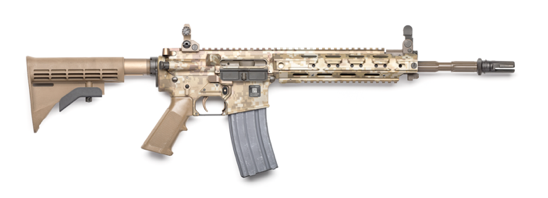

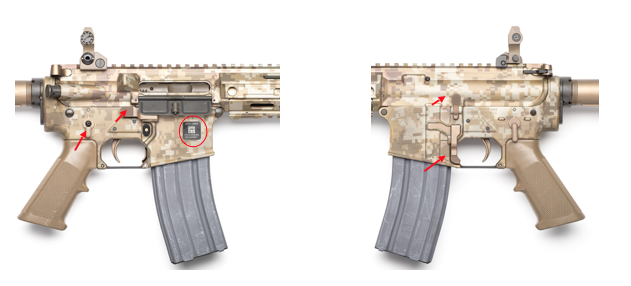



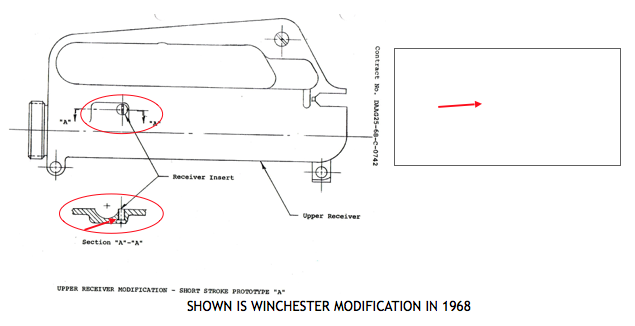
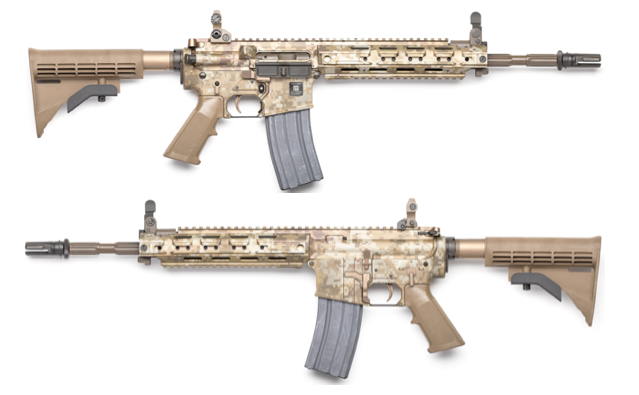
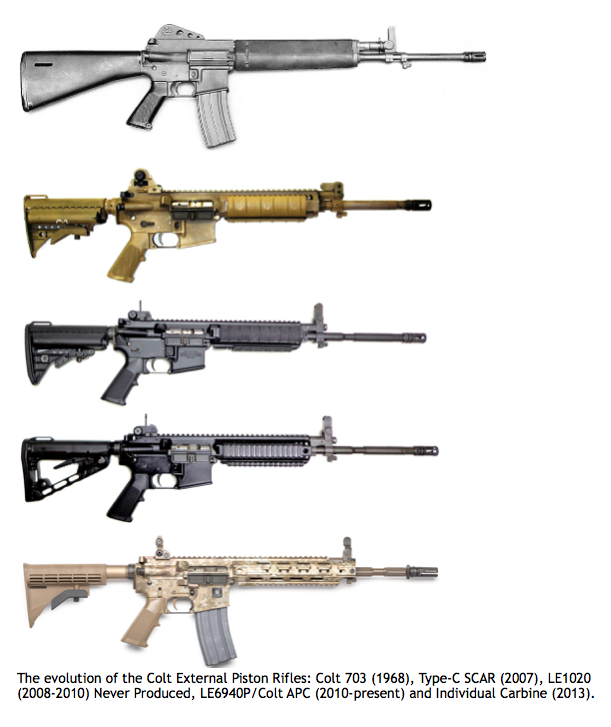
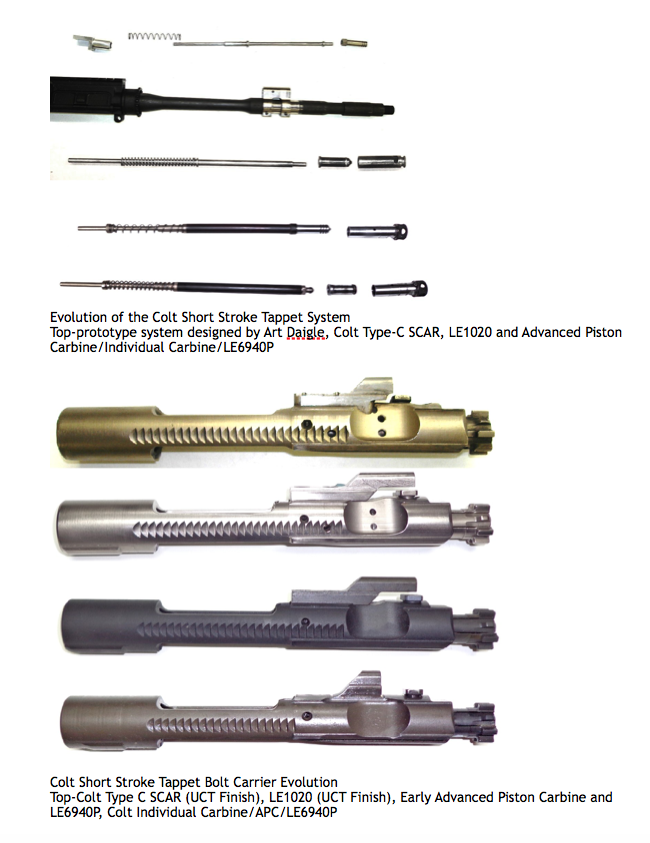
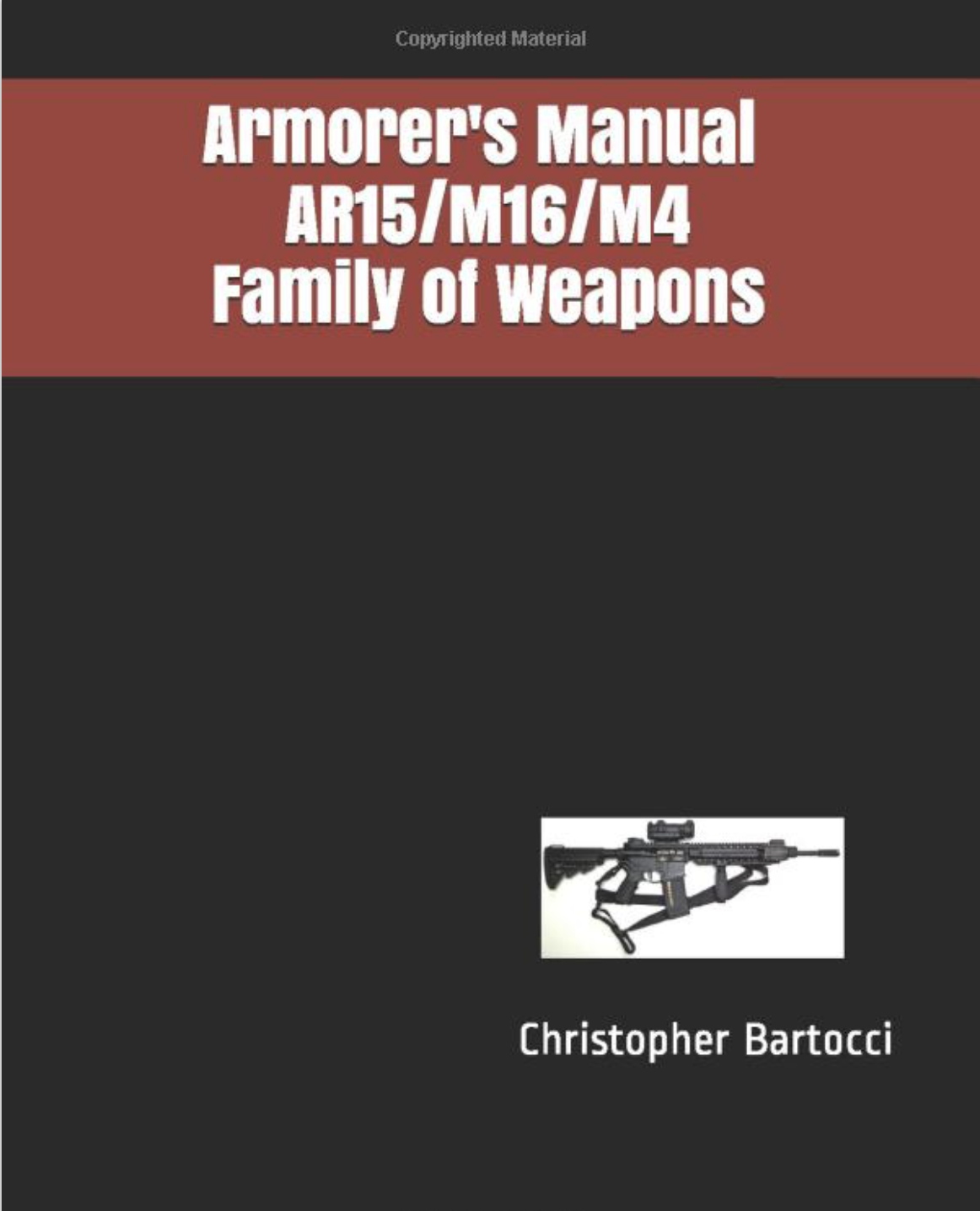
 RSS Feed
RSS Feed